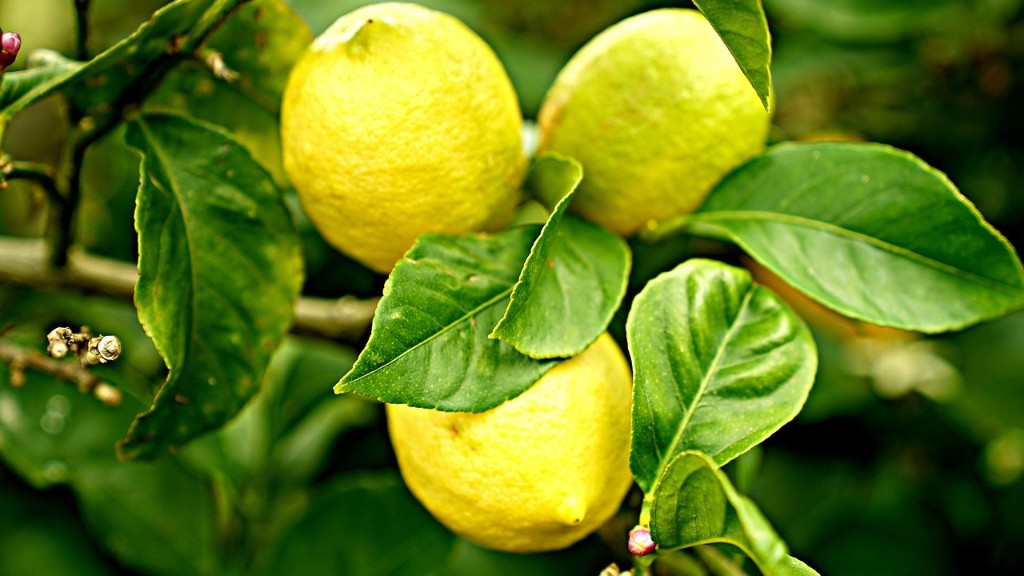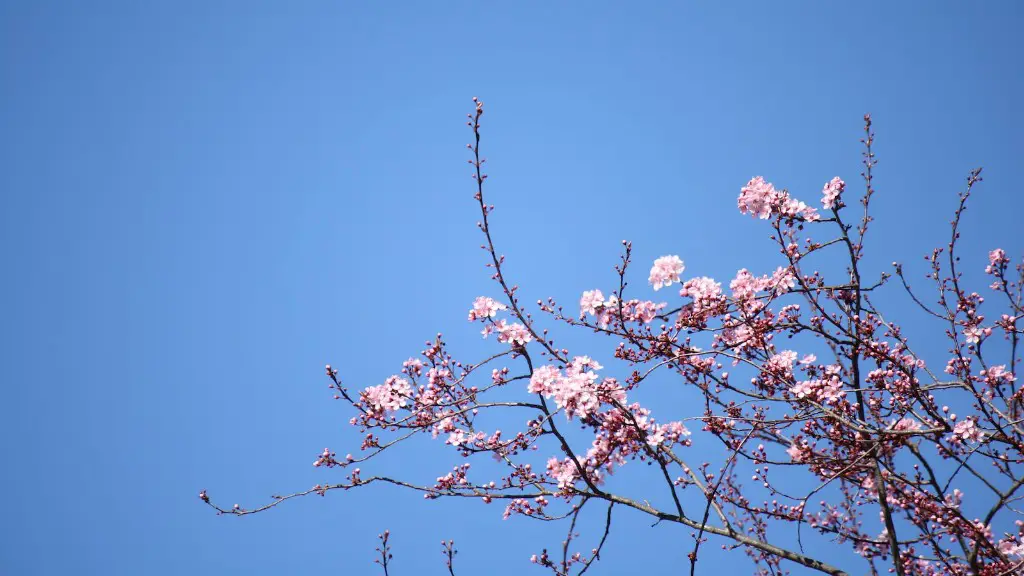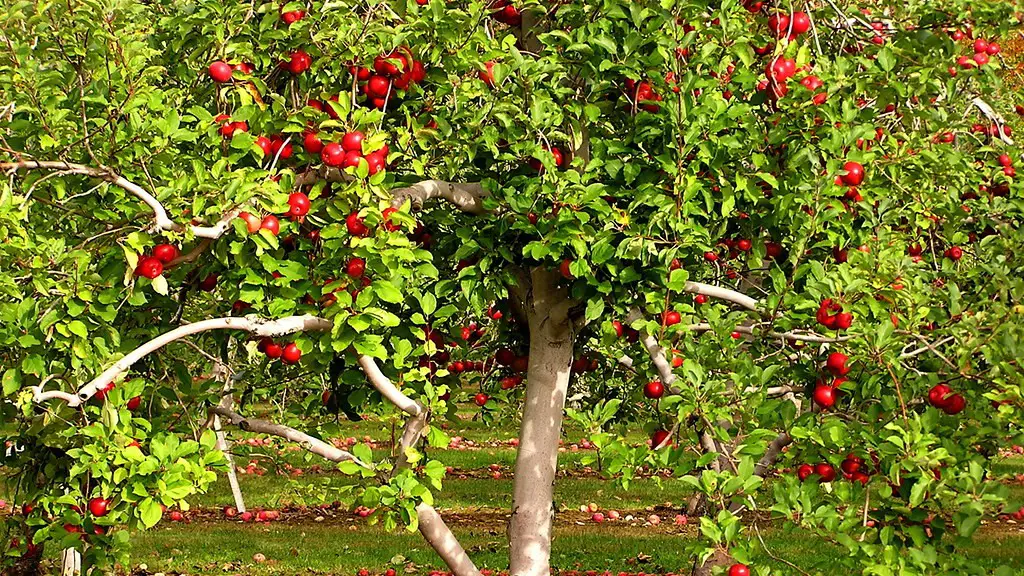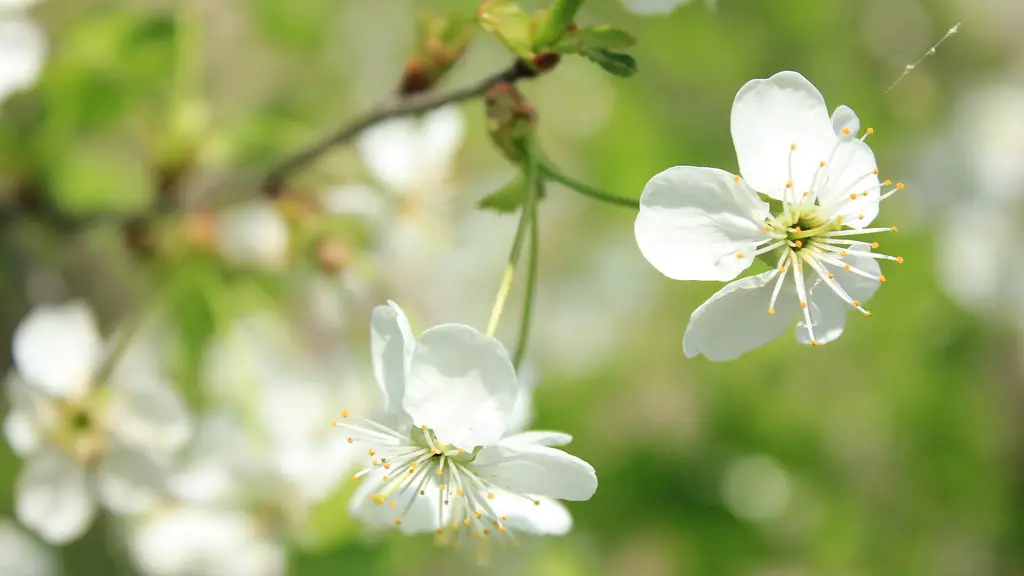Lemon trees in pots can live for a surprisingly long time – provided they are given optimal care. In fact, with the right attention, a lemon tree in a pot can live for many years, as long as 10-15 years or even more. For instance, recently a lemon tree that had been potted since 1957 was given to the U.S. National Arboretum, and it is still flourishing.
When growing a lemon tree in a pot, the size of the pot is of great importance. If it is too small, the capacity of the soil inside to hold water and nutrients will be limited, ultimately stunting the growth of the plant. On the other hand, if the pot is too big, the soil within can become too loose, which will make it difficult for the roots of the tree to be properly protected and nourished. To grow a healthy, long-lasting tree, opt for large, terracotta, glazed pots.
Despite what kind of pot you use, soil is another essential factor for the tree’s longevity. Well-aerated soils with a combination of organic materials and nutrients are what you should use for lemon trees in containers; the perfect mix can come from compost and finely-ground bark mixes.
Additionally, the most important factor when it comes to a lemon tree’s longevity is providing proper care. The soil needs to be kept moist and fertilizer, as well as pest control measures, must be implemented every now and then. Sunlight is also essential, or the tree won’t produce lemons or thrive. Aim at providing 5-6 hours of direct sunlight every day – the more, the better.
Failure to observe proper irrigation and fertilizer techniques can lead to stunted growth or even death of the tree. This is why it is important to research the best methods of fertilizing a lemon tree before embarking on the project. Spraying the foliage with a fertilizer will help to protect the tree from pests and diseases, ensuring its longevity.
Pruning
Pruning is a fundamental part of the lemon tree’s maintenance. Pruning can help to keep the tree’s shape, encourage foliage growth, and enhance the size of the fruit. When you prune your lemon tree, remember to trim off any dying, dead, or infected branches. This will help to prevent the spread of diseases in your tree and maintain its health.
When you’re ready to prune your lemon tree, there are a few essential tools you’ll need. You’ll need a pair of pruning shears, safety glasses, and a ladder (if the tree is taller than you are). Prune your tree in late winter, just before new growth starts to appear. Make sure to cut away any branches that are growing inwards or outwards and any that have become too thick. Pruning should be done with great care, as it can be damaging if not done properly.
Mulching
Mulching is an essential part of lemon tree care, as it can help to keep the soil moist, reduce weeds, and maintain an even temperature. When applying mulch to your lemon tree, use an organic material such as wood chips, leaves, or grass clippings. Make sure to maintain a layer of mulch at least four inches thick around the tree’s base. The mulch should be refreshed every year to keep it effective.
When preparing to mulch your lemon tree, always start with a clean area. Remove any existing weeds and grass from around the tree, as well as any rocks or debris. Then, lay down the mulch in a thick layer, making sure it does not come into contact with the main stem of the tree. This will help avoid the risk of the mulch suffocating the tree.
Additionally, be aware that mulching can be an ideal habitat for pests and diseases. Therefore, it is important to inspect the area for signs of pests or diseases, and if found, take the necessary measures to eradicate them. If the soil is too dry, use a garden hose to give the tree a quick spray of water.
Watering and Temperature
Watering is another essential factor to consider when trying to keep your lemon tree in its pot for many years. The soil should be kept moist at all times, but never soggy. Water the tree every couple of days, monitoring the soil’s moisture level using your fingers or a soil moisture meter. Additionally, when watering, avoid using a hose or sprinkler directly on the tree as this can cause damage.
The temperature surrounding the lemon tree is also important for its longevity. Lemon trees prefer a temperature between 50-80 degrees Fahrenheit. Too much heat or too much cold can be damaging and cause the tree to suffer from a disease, leading to its death. Be sure to monitor the temperature in the area and provide proper shelter if you once temperatures begin to drop.
Light and Fertilizer
To help your lemon tree live a longer life in its pot, be sure to provide it with at least five hours of direct sunlight every day. Citrus trees, including the lemon tree, need lots of sun to thrive. If your tree is in a pot and is not getting ample sunlight, move the pot around to ensure that it gets the adequate amount of sun.
Fertilizer is also necessary to keep your lemon tree healthy for years. Once every six months, you should add fertilizer to the tree. Nitrogen-rich fertilizers are ideal for lemon tree, and so are micronutrient blends. Make sure to follow the instructions on the package and never over-fertilize, as this could end up damaging your lemon tree.
Pest Control
When growing a lemon tree in a pot, pest control is another essential factor that must not be overlooked. Pests such as mites, aphids, and scale can damage your tree’s leaves, bark, and roots, diminishing its life span. If you notice any signs of pests on your lemon tree, they should be taken care of immediately.
The best way to get rid of pests on your lemon tree is by using a tree spray or insecticidal soap. Before treating the tree, make sure to research the pest’s life cycle to ensure that you’re targeting the right kind of insect. Additionally, you should always take the necessary precautions when handling any kind of pesticides, such as wearing gloves and safety glasses.
Disease Prevention
Diseases can lead to the death of your lemon tree. To keep the tree healthy and thriving, it is essential to be aware of the most common diseases that can affect the tree and to take the necessary precautions. One of the most common diseases is called citrus greening, which is spread by a tiny insect called the Asian citrus psyllid. This insect travels from tree to tree and can cause yellowing of the leaves and eventual death of the tree.
The best way to prevent the spread of this disease is to inspect your tree regularly and look out for any signs of insects, such as yellow spots or sticky residue on the leaves. Additionally, use an insecticide as a preventive measure, and make sure to research the product and follow the instructions on the package before use. If you notice any signs of the disease, contact a professional pest control company for assistance.




